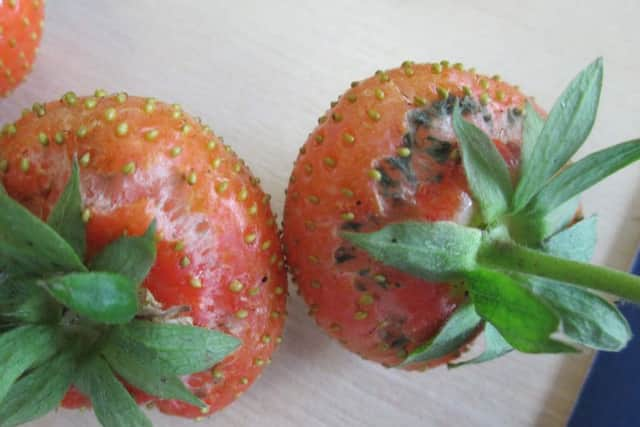DARD MANAGEMENT NOTES: Horticulture


Moist heavy clay soil.
Seedbeds with clods or minimum cultivation.
Soils containing farmyard manure or organic material.


Ploughed land cover such as grass.
Seeds and seedlings are particularly vulnerable to slug attack. Before sowing or transplanting, place baited slug traps containing layers mash (not slug pellets) to monitor slug numbers. Leave traps overnight and check the next day. Thresholds for starting treatment depends on the type of crop, for example one slug per trap in a vegetable crop means control treatment is necessary. Seedbed preparations are very important in reducing slug numbers to a manageable level. Other controls include:
Removing weeds or other host vegetation.
Firm seedbeds to restrict slug movement.


Ensuring good seed/transplant and soil contact to encourage quick crop establishment.
Advertisement
Advertisement
Two different types of slug pellet products are available which have different chemical formulations; ferric phosphate and metaldehyde. Ferric phosphate is a chelated iron product and is more environmentally friendly. When using ferric phosphate pellets slugs usually die underground rather than on the soil surface so no visible signs are evident. Metaldehyde is also effective but take care to apply it in the correct conditions as it can persist in drinking water. For more information on metaldehyde rates and application best practice check out www.getpelletwise.co.uk.
If you apply slug pellets you are legally required to have a Certificate of Competence in the Safe Use of Pesticides. CAFRE are planning to deliver two PA4S (slug pellet application) courses on 31st May and 1st June at Greenmount Campus. If you, or someone from your business, are interested in attending the course please enroll at http://bit.ly/1Uat7Pg.
Soft fruit update
Lori Hartman, Edible Crops Development Adviser, and three soft fruit growers from the Armagh area attended a recent Soft Fruit Information Day in Inchture, Scotland. This event was hosted by the Scottish Society for Crop Research and Bulrush. Some of the main points delivered by researchers from the James Hutton Institute, AHDB and commercial companies are detailed below:
Spotted Wind Drosophila (SWD) update (James Hutton Institute) - this fruit fly pest has been making its way across Europe since it arrived from Asia in 2008. Unlike other Drosophila sp., SWD females lay their eggs in ripening fruit (as opposed to over-ripe fruit). This species poses a threat to a range of soft fruits and soft skinned stone fruits. Appropriate monitoring is crucial in detecting the pest before infested fruit goes to market. Crop and site hygiene are more important than ever to reduce breeding and overwintering opportunities. This pest will be monitored in Northern Ireland as part of the CAFRE soft fruit Business Development Group.
Advertisement
Advertisement
New strawberry varieties (EMR/AHDB) - strawberry ‘Elsanta’ is the current market favourite, with its sweet, firm, medium to large berries. Researchers at East Malling and AHDB have identified the new selection ‘Malling Centenary’ as having the potential to surpass ‘Elsanta’. One improvement is the simplified flower truss which produces five to six flowers per truss, allowing for larger and more uniform berries. Over four years of trials, ‘Malling Centenary’ consistently came out on top for berry appearance, flavour, colour, uniformity and shelf life.
Understanding crop physiology to optimise feeding options (Omex Agriculture) – calcium (Ca) is an important nutrient for strawberries but applying a foliar feed at the wrong time is a waste of time and money. For Ca to be absorbed into a cell it is exchanged with auxin. Strawberry ripening is triggered by a reduction in auxin. Therefore, a ripening or ripe strawberry cannot absorb Ca because it does not have the auxin to exchange within the berry cells. Timing for additional feeding needs to be carefully considered when Ca is involved.